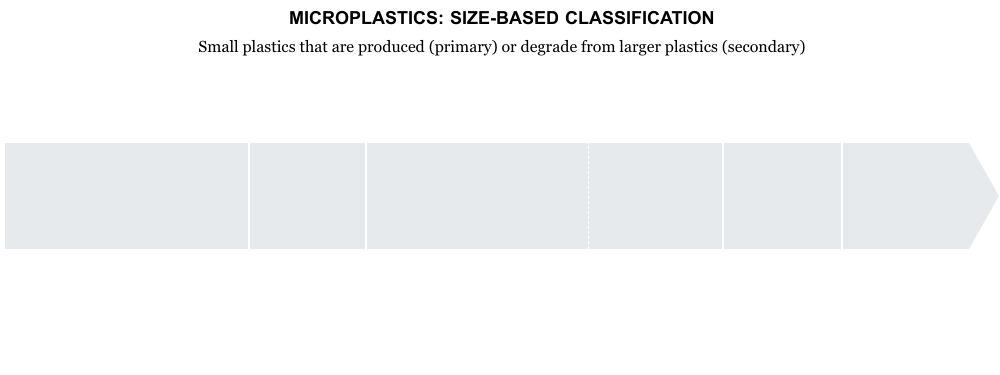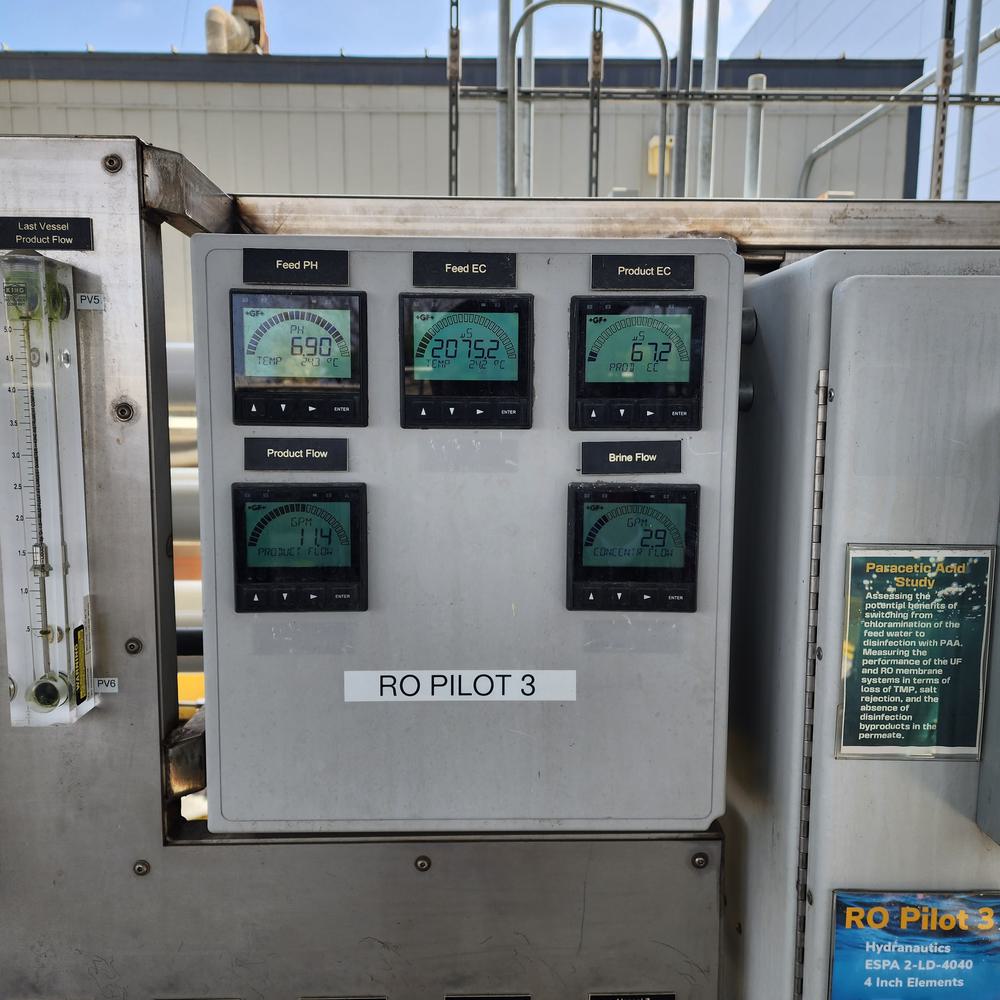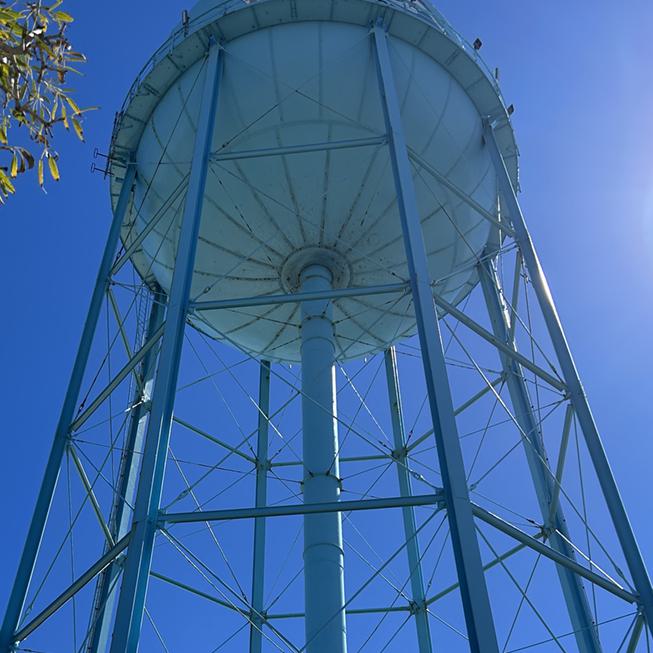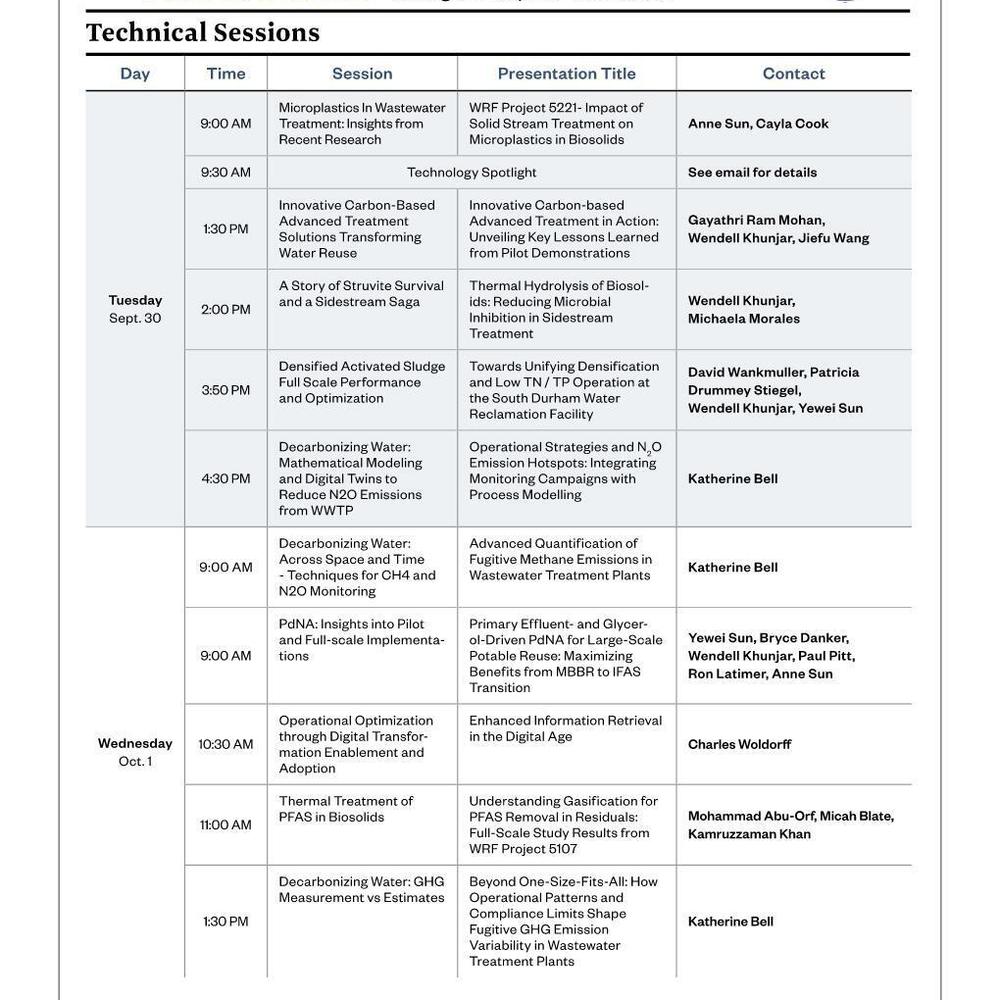Microplastics in Water and Wastewater: What You Need To Know
FOR DECADES, plastic pollution has piled up around the world, from trash along highways to fishing nets in the Great Pacific Garbage Patch. We now know that discarded plastic doesn’t just disappear. It breaks down into ever-smaller fragments until it becomes microplastic: bits of plastic ranging from the width of a pencil eraser to that of a DNA strand. These concerning properties have triggered a burst of research, including on how microplastics could impact drinking water and wastewater systems. Here’s what’s most important to understand at this point.
MULTIPLE CHARACTERISTICS OF MICROPLASTICS COULD MAKE THEM HARMFUL. While research on the health risks of microplastics is still very new, what we have so far suggests that they could indeed harm people and wildlife. For example, some early studies indicate that ingesting microplastics through drinking water could damage mammalian reproductive systems. But more information is needed to confirm whether they could have the same impacts on humans.
Scientists note three characteristics of microplastics that can make them harmful:
The chemicals in and around them: Some plastics are made of toxic chemicals, or have toxic chemicals added to them—such as color dyes. In natural bodies of water, microplastics can contain contaminants such as per-and polyfluoroalkyl substances (PFAS) and medications.
The microorganisms they attract: In water, microorganisms—including harmful viruses and bacteria—often attach to microplastics. That’s because the bits of plastic provide surface area and can leach certain chemicals that are attractive to microscopic life.
Their size and shape: Some microplastics are tiny enough that they could slip through various parts of the human body before lodging (depending on their shape) and accumulating in certain organs, such as, the gut or liver.

Size isn’t the only complicating factor. Microplastics in wastewater have myriad origins, from synthetic clothing to wet wipes, so they vary in shape and density as well as size. That lack of uniformity could make it difficult to adapt treatment processes to remove microplastics.
MICROPLASTICS’ LACK OF UNIFORMITY MAKES THEM HARD TO DETECT AND TREAT. One of the biggest challenges to addressing microplastics is simply detecting them. Currently, most methods for identifying microplastics in drinking water and wastewater only detect particles as small as 10-20 micrometers. But we know that microplastics can occur at smaller sizes, which means we could be overlooking a significant percentage of them. These minute particles could be even more toxic than larger pieces, so researchers are working on a new method for detecting them. Hazen is actively supporting that effort by researching detection methods with the Water Research Foundation and participating in the Water Environment Federation’s Microplastics Task Force.
CURRENT TREATMENT PROCESSES COULD EXACERBATE MICROPLASTIC POLLUTION. Some of the processes we use today can successfully remove at least some microplastic. Wastewater treatment plants, for example, remove the vast majority of what we can detect using current standards and technology.
But the systems we use to distribute and treat water and wastewater also contain all sorts of plastic pieces that could complicate microplastics removal. Take reverse osmosis (RO), a filtration technique often used for desalination. The process doesn’t remove many microplastics, a fact that’s led some researchers to suspect that plastic membranes used in RO could be adding microplastic to water.
Other research suggests that wastewater treatment facilities could be cycling some larger microplastics through the treatment process over and over, breaking them down until they’re small enough to escape in the effluent. The particles that do get removed from the liquid stream wind up in the solid stream, which can be further thickened, dewatered, and conditioned before being applied to agricultural fields. Early studies have linked these biosolids to high concentrations of microplastics in agricultural runoff and even found nanoplastics—the tiniest plastic particles—in the tissues of crops.
WATER AND WASTEWATER FACILITIES SHOULD CAREFULLY CONSIDER HOW THEIR PROCESSES COULD IMPACT MICROPLASTICS. There are some promising developments on the horizon. California, a leader in microplastics research and legislation, has adopted a standardized method for monitoring microplastics in drinking water sources. In the future, California will even require washing machines to include filters that can trap microplastics as small as 100 micrometers. However, it’s unclear why this is the size cutoff or if this will improve washing machine filtration standards elsewhere.
Altogether, we’ll likely need more than one-off solutions. The ubiquity of microplastics could pose unique challenges for the water and wastewater industries. At the very least, we need to individually map out the different ways our facilities could impact and even add to microplastic pollution—then consider solutions.
Now also seems like a good time for broader reflection on our society’s relationship with plastic. For most of us, it’s impossible to get through an hour without touching it. Its tiniest fragments keep showing up in surprising places, from sea ice in the Arctic to human blood. And concentrations of microplastic in source waters are expected to rise as discarded plastic that’s already in the environment continues breaking down. It’s worth pausing, as humans and as consumers, to reflect on how we’ve shaped and been shaped by this unique material, and what the road ahead might look like. As research continues to improve our understanding of microplastics contamination, multidisciplinary, innovative solutions across industries provide much-needed hope for what the future will bring.























